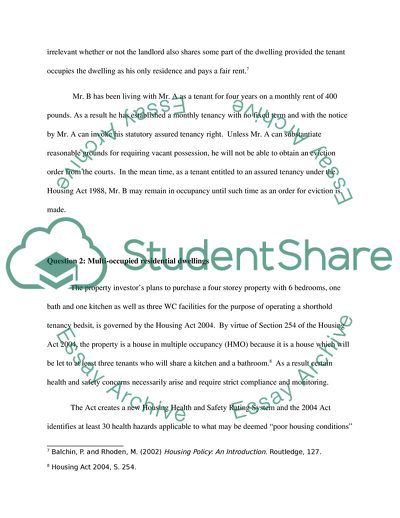Cite this document
(The Modern Civil Process Assignment Example | Topics and Well Written Essays - 2539 words, n.d.)
The Modern Civil Process Assignment Example | Topics and Well Written Essays - 2539 words. Retrieved from https://studentshare.org/law/1737724-property-and-housing-law
The Modern Civil Process Assignment Example | Topics and Well Written Essays - 2539 words. Retrieved from https://studentshare.org/law/1737724-property-and-housing-law
(The Modern Civil Process Assignment Example | Topics and Well Written Essays - 2539 Words)
The Modern Civil Process Assignment Example | Topics and Well Written Essays - 2539 Words. https://studentshare.org/law/1737724-property-and-housing-law.
The Modern Civil Process Assignment Example | Topics and Well Written Essays - 2539 Words. https://studentshare.org/law/1737724-property-and-housing-law.
“The Modern Civil Process Assignment Example | Topics and Well Written Essays - 2539 Words”, n.d. https://studentshare.org/law/1737724-property-and-housing-law.


